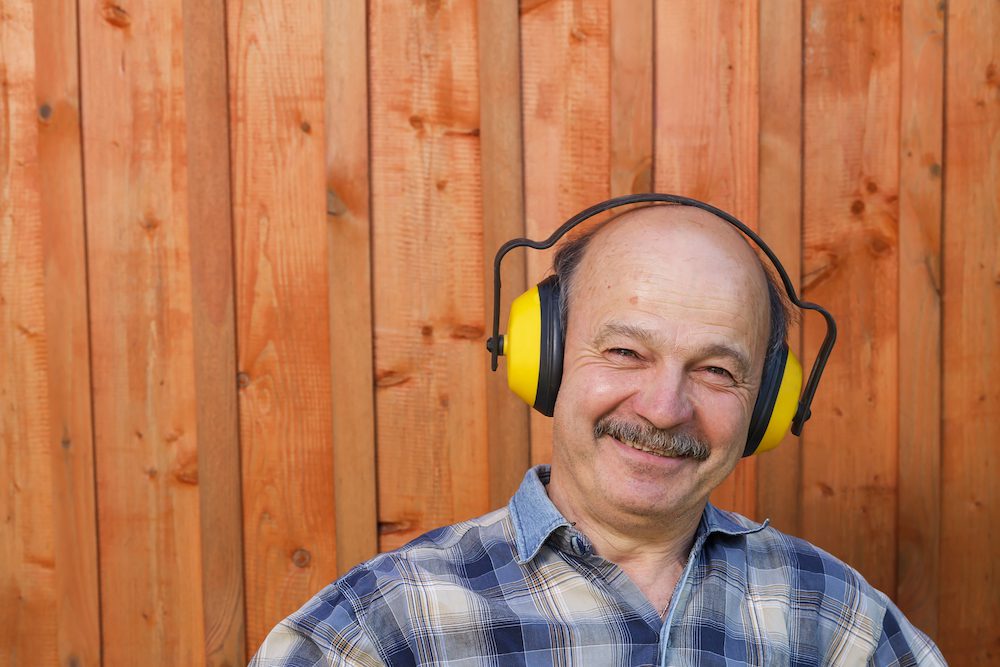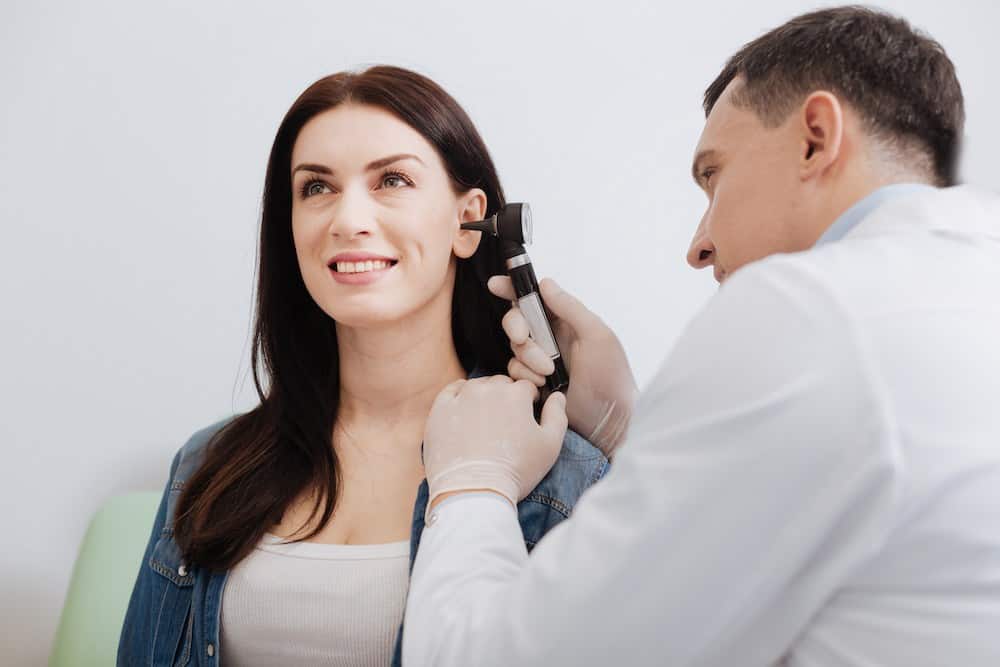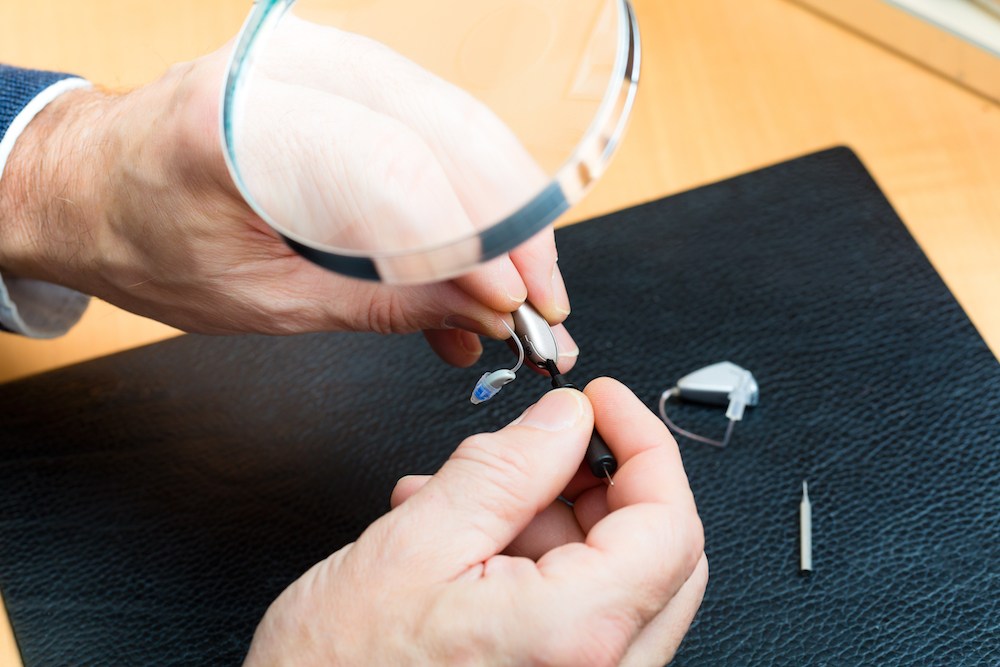Protecting Hearing Aids from Winter Moisture
Your hearing aids are more than just devices – they’re your
Walk In Cleaning Clinic: Come in on Mondays, Wednesdays, Thursdays, or Fridays anytime between 1 – 2pm for our walk in cleaning clinic!

Some noises can harm your hearing, causing tinnitus, hearing loss and communication difficulties, particularly in noisy environments. Hearing protection is your only alternative if you are unable to reduce your noise exposure by lowering the volume, moving away from the sound or reducing the amount of time you are exposed. But there are so many different types of hearing protection; how can you know which is best for you?
There are different levels of noise you can be exposed to. Even a moderate noise can lead to hearing damage if you experience it for a long period of time. So, understanding which hearing protection you need requires understanding the hearing risks you face in your activities.
The loudness of sounds is measured in decibels (dBs). Hearing health experts warn that noises starting from 85dBs can already lead to hearing damage. To put this into perspective, 85dB represent loud city traffic. While this may not seem dangerous, if your professional occupation exposes you to 85dBs for several hours, it can already cause hearing loss.
If you are likely to experience exposure to sounds starting from 85dB or over, you could need hearing protection.
As there is more than one loudness level, there are also different solutions when it comes to hearing protection. Working with a hearing instrument specialist can help determine the right protection for your situation and hearing health. But as a rule of thumb, the first step in choosing a protective hearing solution is to determine precisely the level of risks you face.
How loud is your environment, and how long do you need to be exposed to loud sounds to sustain hearing damage:
Therefore, your hearing protection needs to help reduce the volume below 85dBs for your safety.
There are essentially three different solutions when it comes to hearing protection:
Every form of hearing protection has advantages and disadvantages, but the most common deciding factor is often personal preference. Because you may need to wear hearing protection for an extended period of time, comfort is a determinant factor. Taking off your earplugs for a few minutes throughout the day because they are uncomfortable could expose you to damage. Additionally, when protection is uncomfortable, it could also lead to injuries.
The level of noise the hearing protection blocks is expressed with the noise reduction rating on the box. Fit testing is the best approach to determine how much noise reduction you are receiving.
You will need to combine different solutions if you are exposed to noise over 100dBs. Your hearing instrument specialist can help advise on the best option for your environment and comfort levels.
Aside from comfort and appropriate noise level protection, you should also consider the following elements when choosing the right solution for you:
Ultimately, choosing the right hearing protection is no walk in the park. While it is indispensable for your hearing health, it can be confusing to make sense of the many options available. That’s why we recommend reaching out to a hearing instrument specialist at Better Hearing of Madison County for help. Book your appointment now at (315) 693-3637.

Your hearing aids are more than just devices – they’re your

Understanding the world of hearing can seem complex. However, having a

If you’re an active person who wears hearing aids, you might be